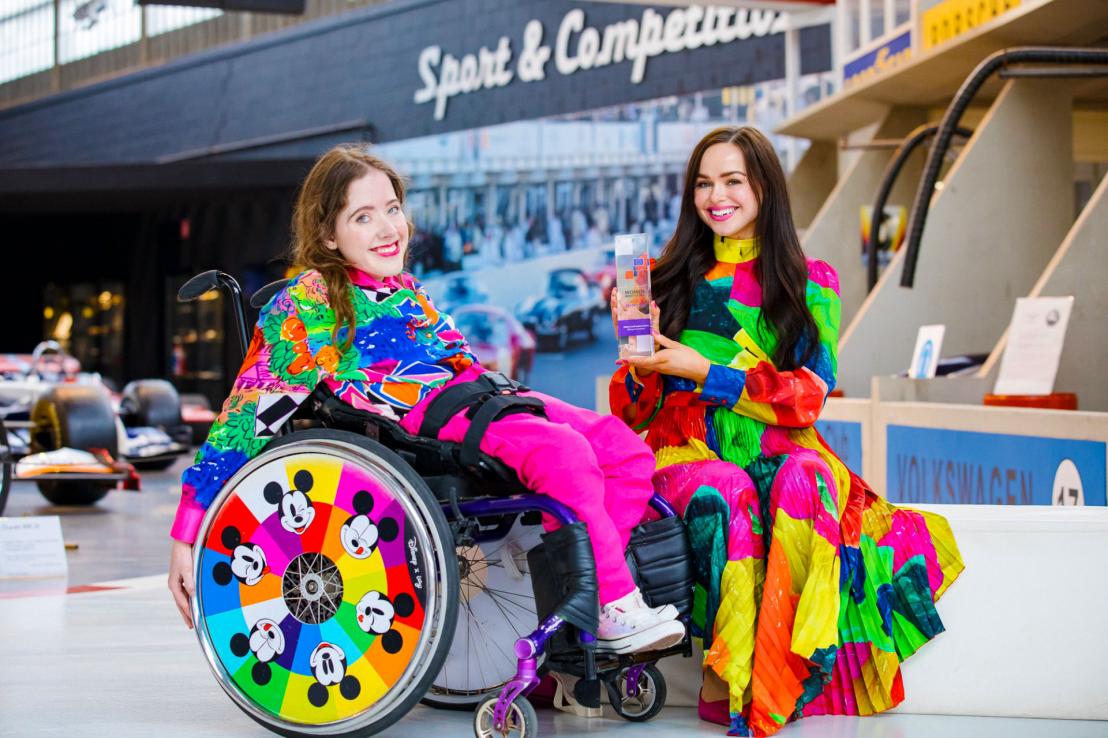The idea of putting furniture on wheels has been around for hundreds of years. From a custom-built chair with four small wheels used by King Phillip II of Spain in the 16th century to a German paraplegic watchmaker’s wheelchair with a geared front wheel and hand cranks unveiled in 1665, the innovation never stops.
Whether manual or electric powered, wheelchairs have undoubtedly improved the lives of millions of people who have difficulties in walking. Today, the same digital technologies that are changing the way we live, work, get around and interact – artificial intelligence, 3D printing, internet of things, voice activation – are also being applied to the wheelchair industry.
‘There is a lot of research now that demonstrates how state-of-the-art technology can enable disabled persons become more independent,’ said Manuel Lai, co-founder of IRIS, a leading SME specialised in developing innovative technologies.
This is good news for those with reduced mobility, especially if living in urban centres. Despite many important advancements over the past decade, mobility challenges continue to prevent disabled persons from participating in society on equal terms.
A self-driving pay-as-you-use approach
‘We need mobility solutions for disabled and elderly people that promote their social inclusion in urban environments and allow them to move around easily without the need for help,’ said Lai.
As coordinator of the FreeWheel project, he spent more than a year studying the needs and requirements of wheelchair users, developing a solution designed specifically for urban environments.
The result is a smart module combining electric power and autonomous driving in a flexible design that can be adapted to any wheelchair. The smart module enables a manual wheelchair to be driven through a special app.
‘The user simply sets the destination on the wheelchair app, and the wheelchair gets there all on its own, adapting the route to avoid any fixed or mobile obstacles,’ explained Lai.
While the technology itself is pioneering in the wheelchair industry, the business model is perhaps the most innovative aspect of FreeWheel. ‘Traditional business models for wheelchairs are based on the sale of the device and therefore on its possession,’ said Lai. ‘This implies an initial investment, which can act as a barrier and leaves most of the cost of ownership to the end user.’
Based on principles of the collaborative economy, Lai plans to roll out a pay-per-use approach much like we see with cars and bicycles in many European countries.
This means that the cost of a wheelchair is covered through subscriptions that users pay when they use it, making it ideal for renting on a needs basis at a mall or at a tourist site, explains Lai.
Simple yet brilliant
Motorisation and the addition of new smart technologies has reinvented the wheelchair, and significantly improves the experience for wheelchair users.
But innovation can also be “low-tech”, as in the case of the Hungarian developers who were inspired by the humble bicycle.
It all began with Stringbike, a small company in Hungary. Ten years ago, they created a stir in the cycling world when they unveiled their innovative chain-free bicycle, in which the traditional bicycle chain is replaced by a rope and pulley system.
‘Normally used in sailing, the string makes for a quiet, oil-free and smoother cycling experience,’ explained József Kakas of Stringbike.
‘One of our customers was a doctor who suffered from knee problems, and he told us it was easier for him to ride a Stringbike than a conventional bicycle because he experienced less pain. So this inspired us to use our technology for medical purposes.’
Fast-forward to 2019 when their innovative small and medium sized (SME) company secured Horizon 2020 funding for the STRINGHANDBIKE project. The project focusses on three new products designed specifically for people with mobility challenges: Stringchair, StringHandbike and a tricycle, all based on the company’s proprietary string-pulley solution.
They found that with a traditional manual wheelchair, the user’s arms are under a lot of stress. Reaching behind to propel the chair forward causes shoulder pain. In the three STRINGBIKE creations, the user’s arms reach forward, and the wheelchair is powered by the pushing and pulling of a lever. This reduces the force applied on the shoulder joints compared to standard manual wheelchairs.
‘There are some wheelchair users who cannot reach back with their arms to touch the wheel in the traditional manual wheelchair but who would be able to use a lever in front of them,’ said Kakas. ‘So a larger group of people with mobility challenges will be able to use our products manually.’
The Stringchair and StringHandbike are available as kits to attach to a wheelchair, so that all the functions of the traditional wheelchair are maintained. They can be used both indoor and outdoor, and as a medical device for everyday use. The Stringchair is now a registered medical device in the European Union, a step that will soon follow for the StringHandbike.
Whether powered by apps or strings, wheelchair technology is constantly improving. The FreeWheel and STRINGBIKE solutions are just two examples of how disability-inclusive development is breaking down barriers to social inclusion for millions of disabled persons.
The research in this article was funded by the EU. If you liked this article, please consider sharing it on social media.

